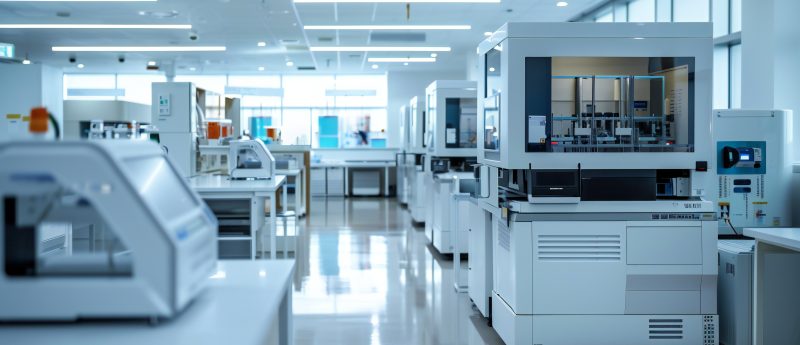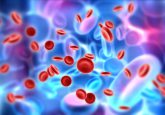Lipidomics advance could allow earlier diagnosis of cancer

A team of researchers at Purdue University (IN, USA) have developed a novel analytical method in lipidomics that could allow faster detection of cancer. The new analytical technique is the first of its kind capable of locating double bonds between carbon atoms in lipid molecules, allowing for the identification of isomers. The identification of isomers is important as it could lead to earlier diagnosis of cancer. Findings of the research can be found published in Proceedings of the National Academy of Sciences.
Lipids are important components of living cells and changes in lipid profiles are often indications of disease or changing cell cycles. “This is an important tool for either diagnostics or for systems biology” commented researcher, Yu Xia of Purdue University.
Though mass spectrometric analysis has highly advanced the field of lipidomics, the distinction and quantification of unsaturated lipid isomers has remained a long-standing challenge for biologists and clinicians.
Lipids can exist as isomers which have identical molecular mass but slight structural differences, making it difficult to detect by conventional analytical technologies. “The ratio of these isomers in normal tissue and tumor tissue can be different, significantly different,” Xia continued.
“The location of double bonds is related to the biosynthetic pathway, or how the lipid was generated in your body, and this is related to the disease status and also the status of the cell biology,” said Zheng Ouyang, another member of the Purdue research team.
Employing ‘a shotgun lipidomics’ analysis enhanced by Paterno–Buchi photochemical reaction, which changes double bonds into rings that can be cut into two parts, the team were able to measure and identify the bonds applying mass spectrometry.
The team has applied the technique in a number of sample studies. In a sample of brain tissue collected from rats they identified 96 unsaturated fatty acids and glycerophospholipids half of them being isomers characterized by their carbon double bonds.
The method is economical and can be completed within hours using small amounts of tissue. “Direct analysis using ambient sampling methods will further speed up the analysis process from hours to a minute,” Ouyang continued.
“We want to apply this to imaging to study tissue, and we currently are integrating this method into miniature mass spectrometry systems. Eventually we hope to have biologists and medical professionals using it.”
Click here for more lipidomics resources
Sources: New lipidomics method could bring fast cancer diagnosis; Ma X, Chong L, Tian R et al. Identification and quantitation of lipid C=C location isomers: A shotgun lipidomics approach enabled by photochemical reaction. PNAS. 113(10), 2573–2578 (2016).





